Neck acne bothering you? These are the expert tips you need to deal with it
Dermatologists share everything you need to know about neck acne – including their advice for getting it under control
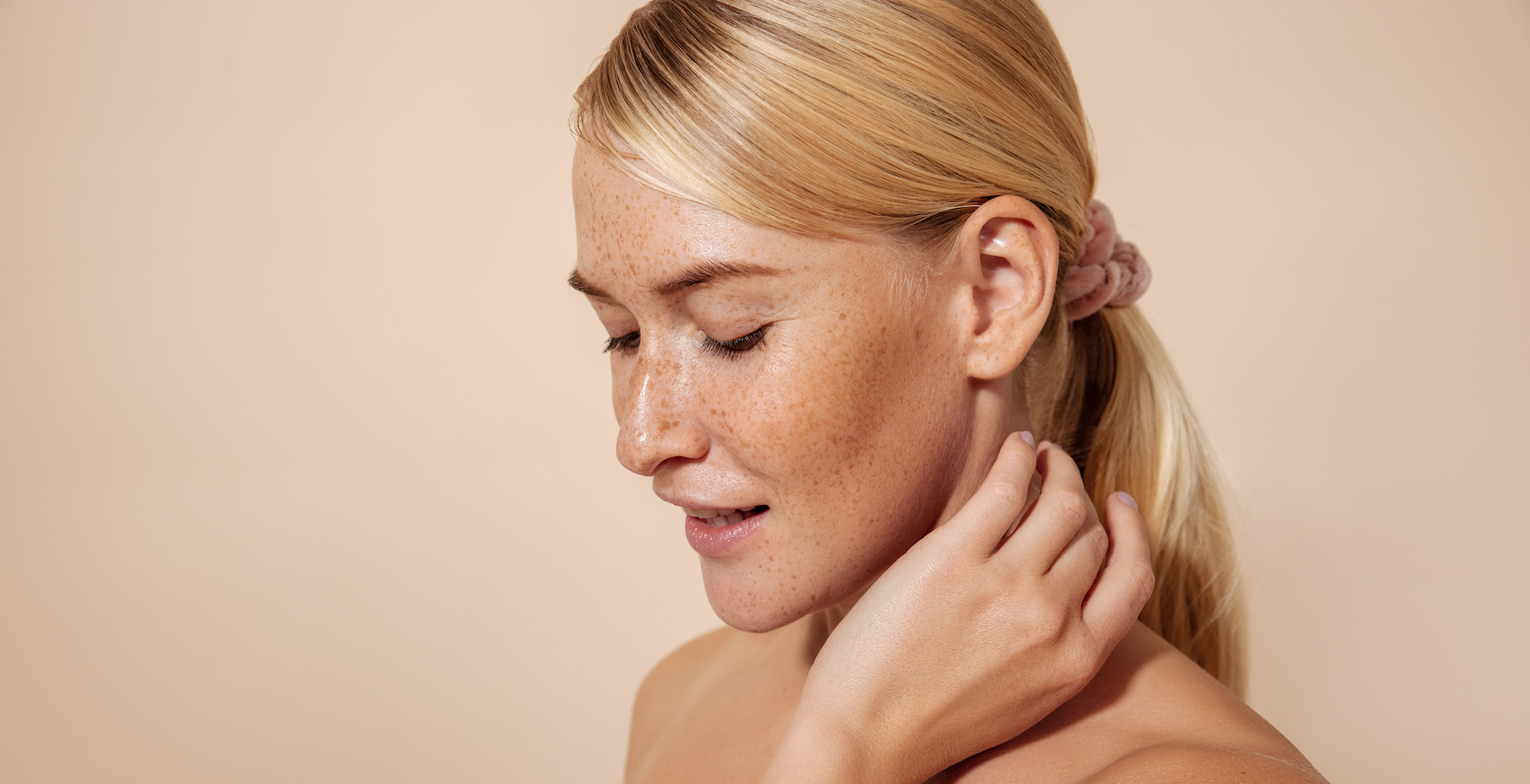
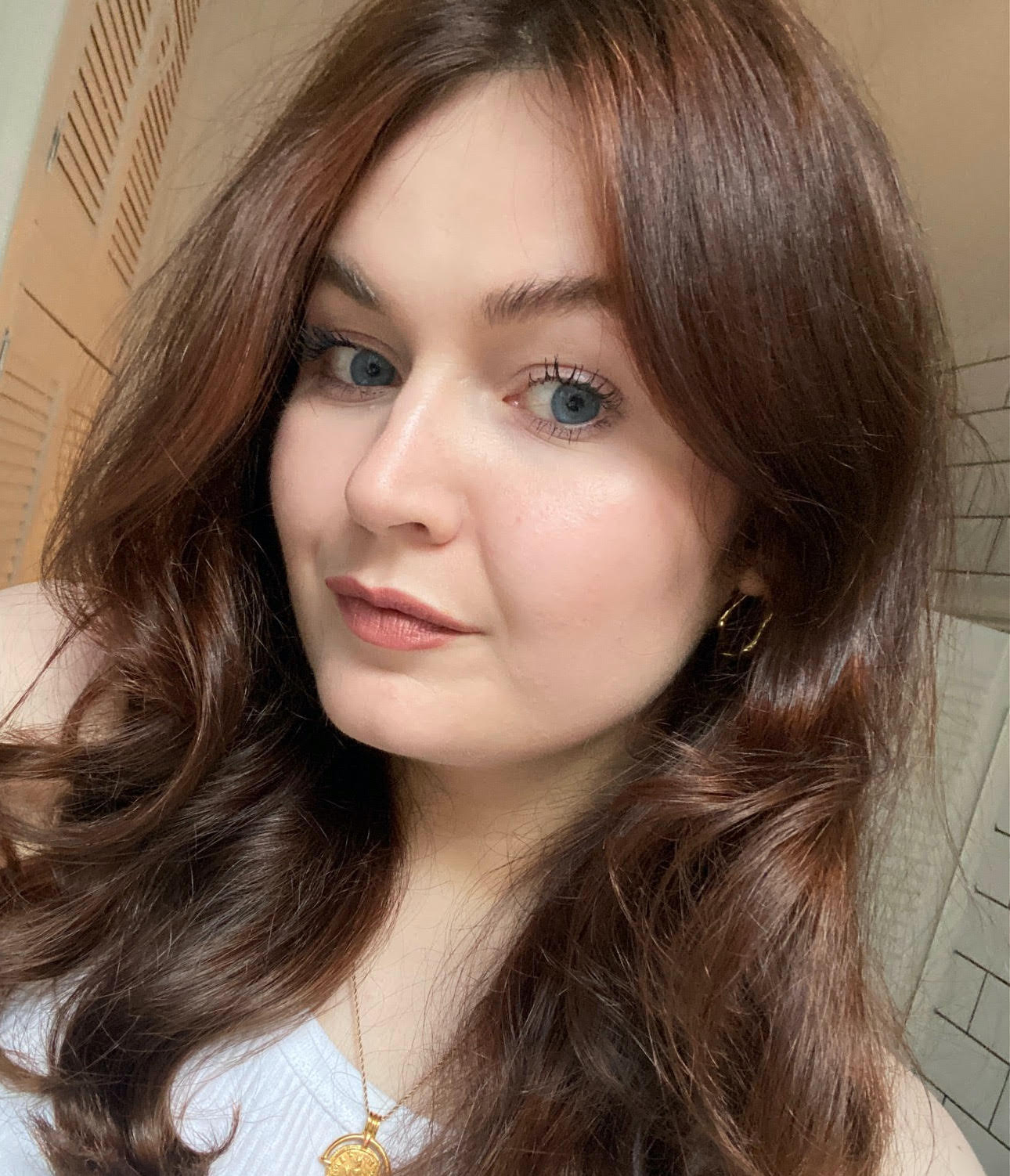
Breaking out around your neck? The phrase 'neck acne' has probably crossed your mind. Referring to any breakouts that occur here, this term covers everything from blackheads or angrier-looking papules and pustules.
Just as back acne has been dubbed "bacne", you've probably heard neck acne be affectionately referred to as "neckne". Cute nicknames aside, if neck blemishes are causing you bother, you’re probably on the hunt for the best acne treatments to help get it under control.
To that end, we called on some of our favourite dermatologists to share some advice on the causes and treatment options for neck blemishes. Here's everything you need to know about managing neck acne, from day-to-day habits to products like the best spot treatments.
How to get rid of neck acne: the expert guide
What causes neck acne?
“Acne is primarily driven by our individual genetics and hormonal factors,” explains consultant dermatologist Dr Thivi Maruthappu. “That's why we can often see flare-ups just before our period and also during the perimenopausal phase. It arises due to blockage of the sebaceous glands, which become inflamed and swollen resulting in a painful spot.”
The NHS estimates that 95% of people between the ages of 11 and 30 experience acne to some degree, while adult acne affects 3% of people over the age of 35. However, the primary cause is the same, whether we're talking neck, face, or back acne.
“The process is the same at the level of the pore, whether it’s happening on the face or body,” Dr Sam Bunting, cosmetic dermatologist and skincare brand founder, explains. “Both the face and the upper chest and back have a high density of sebaceous glands, which is why acne occurs at these sites.”
That said, other factors can come into play that might trigger or worsen blemishes on the neck. As consultant dermatologist Dr Anjali Mahto notes in her book The Skincare Bible: "In men, shaving and in-grown hairs can commonly cause acne or folliculitis (inflamed hair follicles) in the cheek, chin, jawline and neck area."
Marie Claire Newsletter
Celebrity news, beauty, fashion advice, and fascinating features, delivered straight to your inbox!
How to treat neck acne
There’s no cure for acne, but, as our experts explain below, there are several things you can do to manage it and help prevent flare-ups. However, if over-the-counter products don't make a difference, or if the acne is particularly severe, it's important to seek medical advice regarding next steps.
“If you are struggling with persistent breakouts that aren't improving with over-the-counter treatments it's important you seek help from your GP," says Dr Maruthappu. "There are so many treatments available and we can help to get your skin under control. It is particularly important you seek help if acne is affecting your mood or causing scarring."
Otherwise, Dr Sam Bunting says that both neck and chest acne "should be treated with the same approach but [these areas] can often be more prone to sensitivity and irritation. I love azelaic acid for these areas as it’s both anti-inflammatory and pore-clearing. It also helps tackle post-acne marks." Other ingredients our experts recommend you keep an eye out for are salicylic acid, niacinamide, retinoids and benzoyl peroxide.
As well as optimising your skincare routine for acne, there are also some lifestyle factors to consider. “The impact of your pillowcase is relatively mild in the grand scheme of acne,” says Dr Alexis Granite, consultant dermatologist for CeraVe. “However, dead skin cells, skin oil (sebum), microbes, makeup, pet hair, and even saliva from drooling can all collect on pillowcases so it's a good idea to change them regularly. I would suggest once-twice weekly.”
Showering as soon as possible after exercise is also important, as sweat may exacerbate acne. “Be sure to cleanse your skin after a workout with something like CeraVe Blemish Control Cleanser which is formulated with an oil-absorbing technology using Hectorite Clay to remove dirt and excess oil and minimise shine,” Dr Granite adds. Below are a few other products we recommend stocking up on to help with neck acne.
The best skincare products for neck acne
Here at Marie Claire, we have a whole team of expert beauty editors with varying skin types. It's needless to say that some of us, at one time or another, have experienced bouts of neck acne. Below is an edit of the skincare products we have turned to regularly over the years to help treat it, along with products some of our go-to skin experts always recommend.
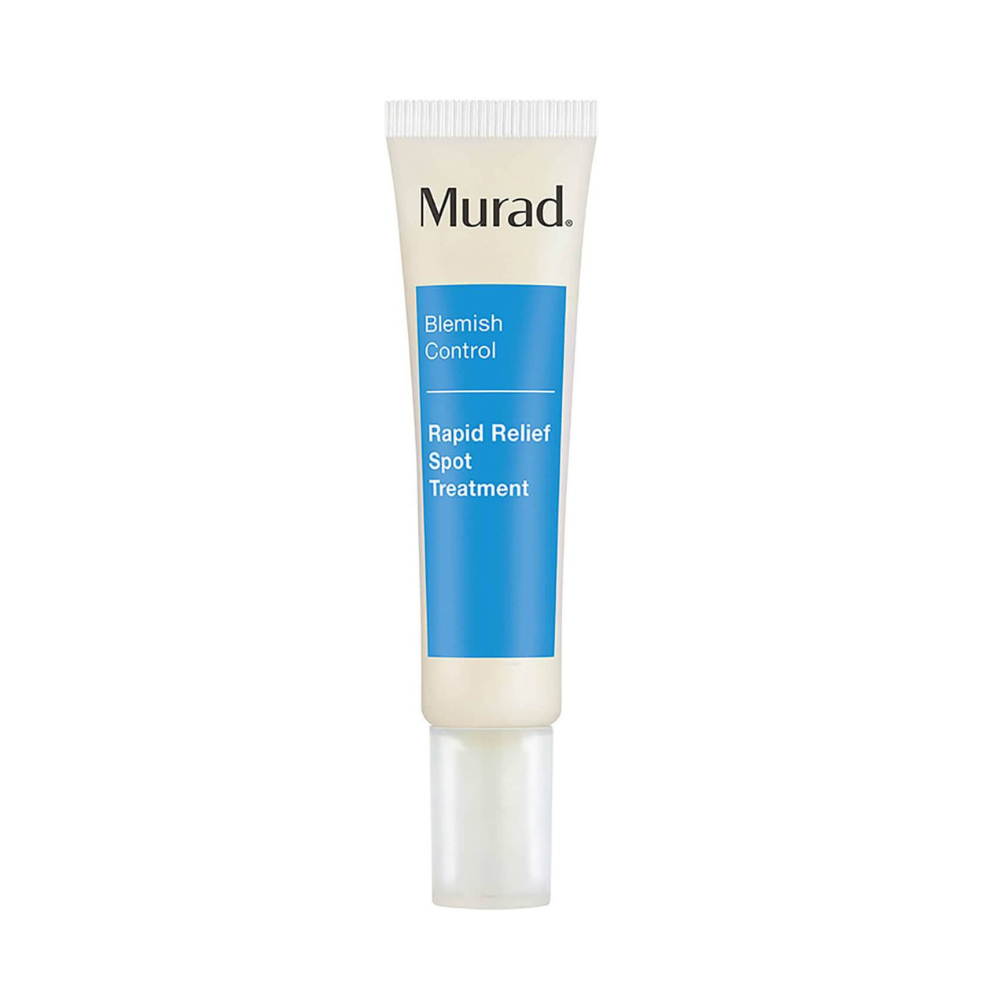
Murad makes great blemish products, including this targeted 2% salicylic acid treatment that calms angry blemishes – ideal for precise application to the neck or back. It seems pricey for its dinky size, but you only need to use a little bit of this potent gel at a time, so it'll last you well.
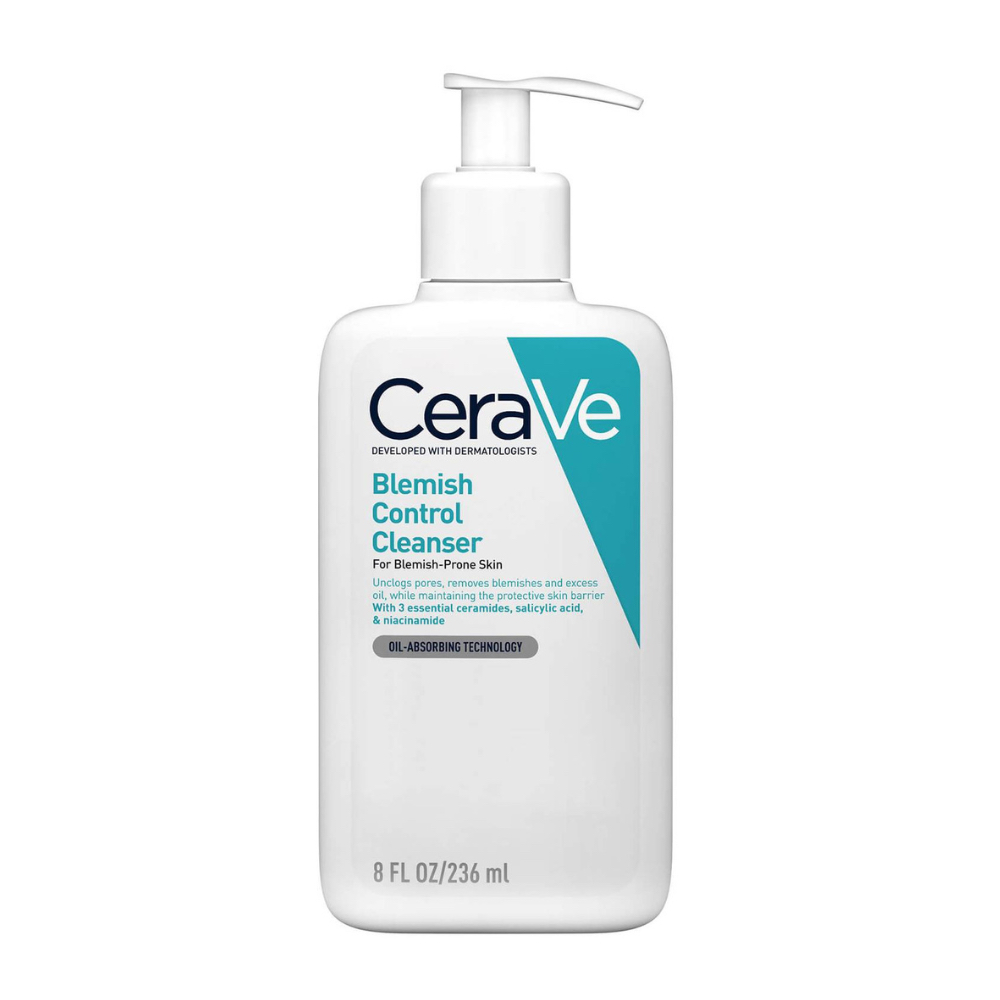
As recommended by both Dr Maruthappu and Dr Granite, CeraVe recently launched its Blemish Control range in the UK, which includes this cleanser that's formulated with salicylic acid and niacinamide to help calm and clear blemish-prone skin. If you struggle with acne on your body more so than the face, look to the brand's SA Cleanser instead.
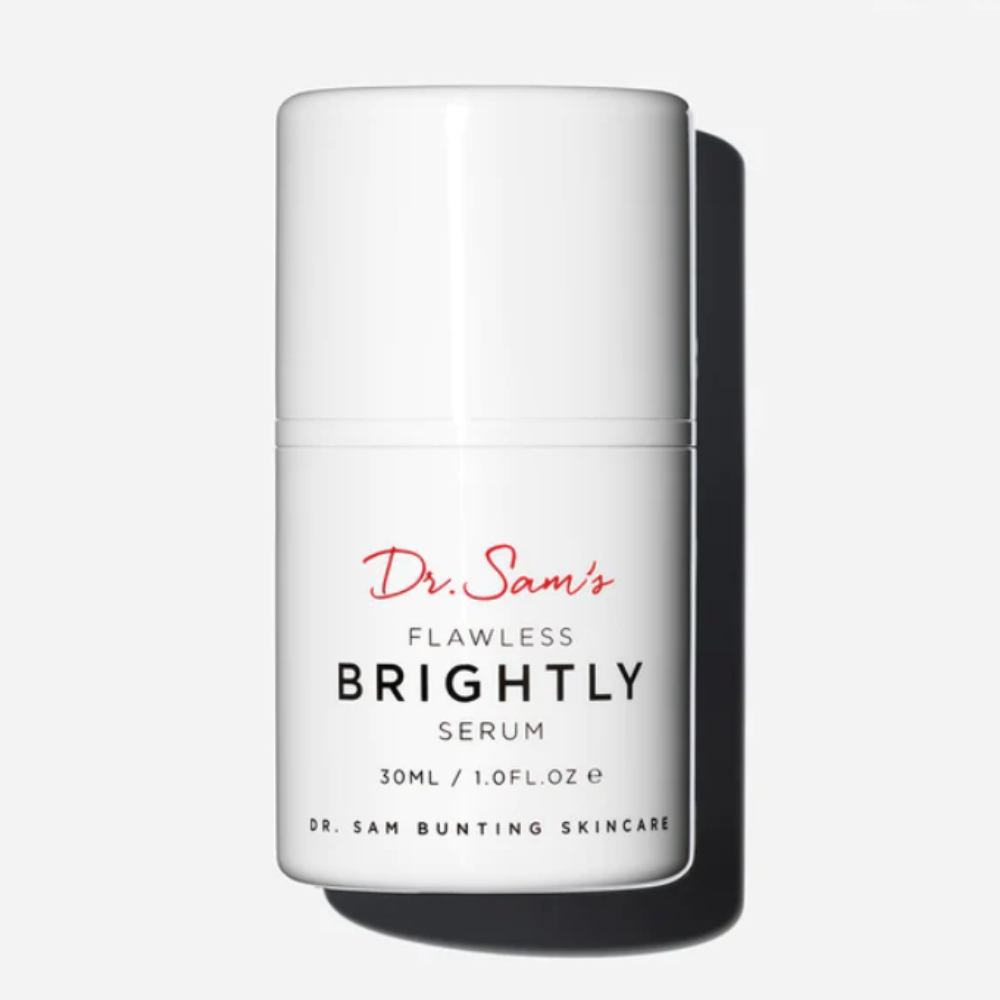
Containing azelaic acid, Dr Bunting recommends her Flawless Brightly serum to tackle blemishes on both the neck and chest, too. It also packs vitamin C, niacinamide and bakucihol with a lightweight texture that sinks into the skin with ease.
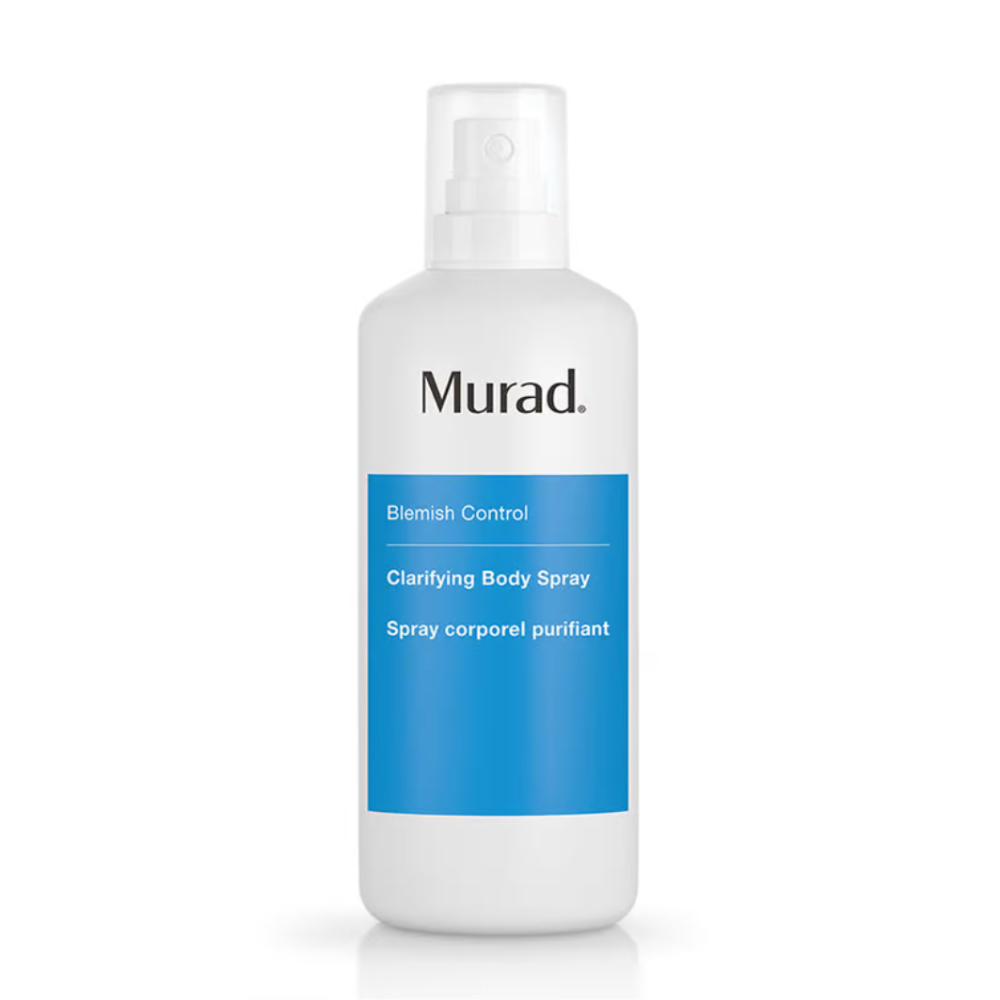
Recommended by consultant dermatologist Dr Anjali Mahto, this easy-to-use body spray is great if you struggle with back acne that's extending to the back of your neck, too. Great for larger areas, it contains both salicylic and glycolic acids, as well as allantoin to soothe irritation.

Lucy is a freelance beauty editor and contributor at Marie Claire, and has also written for titles including Cosmopolitan, Refinery29, Glamour and woman&home. She was previously Marie Claire’s junior beauty editor. During her career, she’s covered everything from backstage beauty at fashion week to interviews with famous faces like Drag Race royalty and Little Mix. As for her beauty ethos, she’s a big advocate for not having to spend a fortune on beauty products to get good results. When she’s not got beauty on the brain you’ll probably find her reading or Netflix-ing.